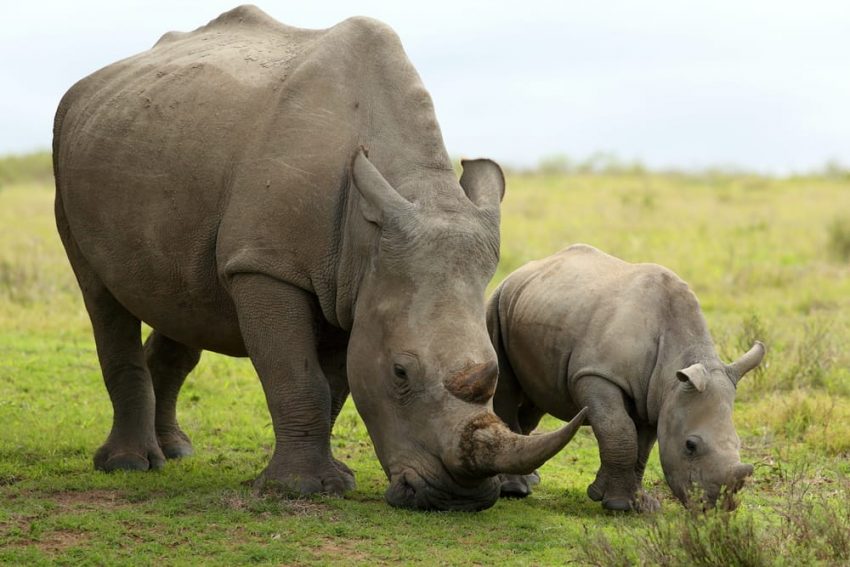The viviparous animals are those that are characterized by developing the embryo inside the mother’s womb. For instance: rabbit, dog, horse.
Living beings like these also have the peculiarity of reproducing in a sexual way. This means that the female is fertilized by the male once he deposits his sperm inside her womb, and in this way the so-called embryo begins to develop.
The viviparous are then differentiated from the oviparous, which are animals that reproduce from an egg, which is formed in an external environment. An example of these animals are chickens or pigeons.
Ovoviviparous ones differ, in turn, from the previous ones. The latter are the animals whose offspring hatch from an egg, but this egg remains within the female’s body until the offspring is fully developed. An animal that reproduces in this way is the snake, in addition to some fish and other reptiles.
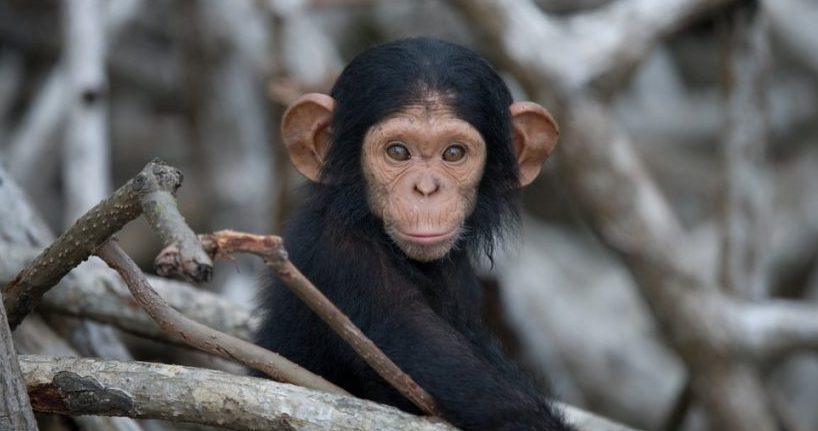
Gestation in viviparous animals
The gestation period The number of viviparous species varies according to the species and this depends, among other things, on the size of the animal. That is, the period of an elephant will be significantly longer than that of a mouse, to take just one example.
Another issue that varies according to the animal is the number of offspring that a female can conceive every time she becomes pregnant. For example, a rabbit has many more offspring than humans.
In most cases, the young of viviparous animals develop in the placenta. It is there where the baby manages to supply itself with the nutrients and oxygen that are necessary to stay alive and develop its organs, until the moment in which it is born.
In any case, within the viviparous we can identify a small group of animals, such as kangaroos or koalas, which are called marsupials and which differ from the rest precisely because they do not have a placenta. Rather, the baby, which is born very poorly developed, ends up conforming as such in the so-called “marsupial bag”.
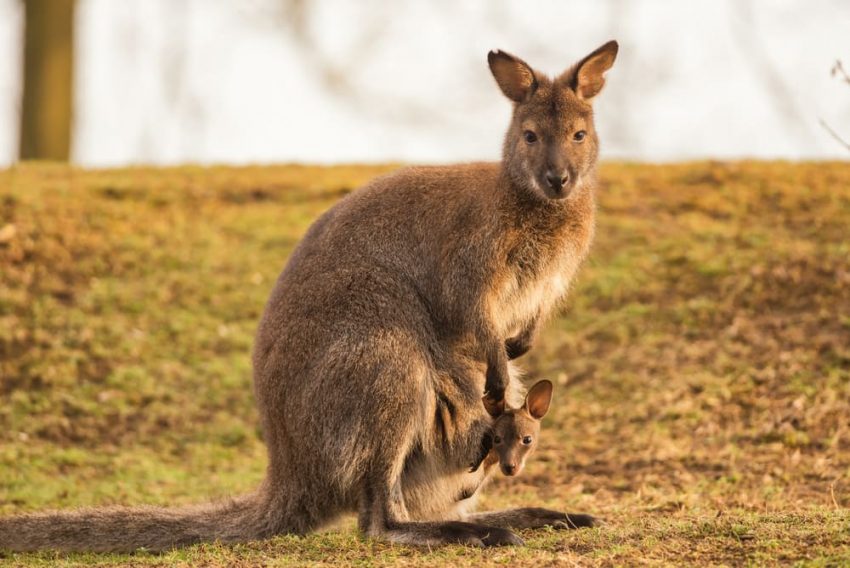
Examples of viviparous animals
- Rabbit. Your pregnancy time is generally less than 30 days.
- Giraffe. Their gestation period lasts about 15 months.
- Elephant. These mammals have pregnancies that last between 21 and 22 months.
- Cat. The gestation time of these animals is between 60 and 70 days, approximately.
- Mouse. An animal like this does not spend more than 20 days in the womb.
- Bat. The pregnancy period of this animal is between 3 and 6 months, depending on the cases.
- Dog. 9 weeks is what the pregnancy of these animals lasts approximately.
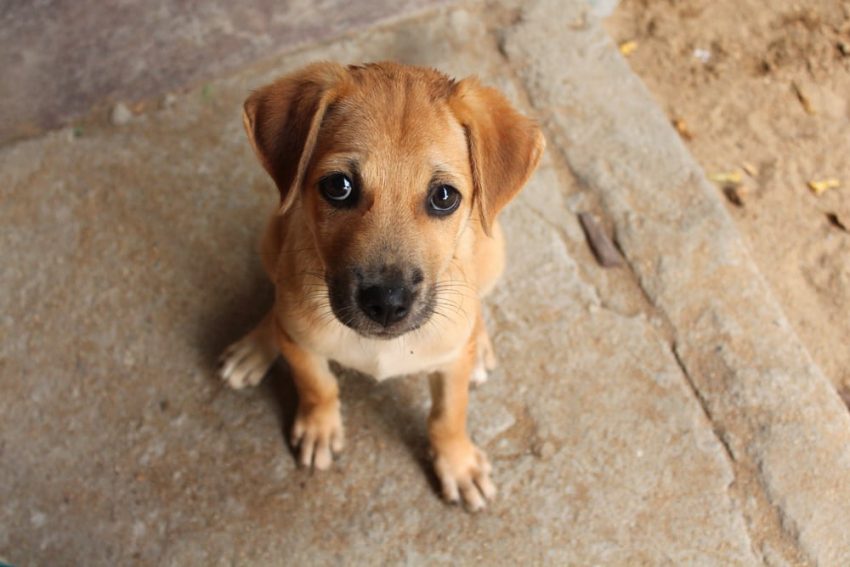
- Whale. The pregnancy of an animal like this can last up to a year.
- Bear. The pregnancy of this wild animal can last up to 8 months.
- Pork. The gestation period for this farm animal is around 110 days.
- Horse. These animals have a pregnancy that lasts about 11 or 12 months.
- Cow. Before giving birth, this ruminant is about 280 days pregnant.
- Sheep. A sheep must be about five months pregnant before giving birth to her young.
- Koala The actual pregnancy of these marsupials lasts for about a month. Although it must be taken into account that the offspring is not fully developed, but continues to form in the marsupial bag.
- Chimpanzee. These animals have a gestation period that lasts a little less than 9 months.
- Dolphin. These mammals have a gestation period of around 11 months.
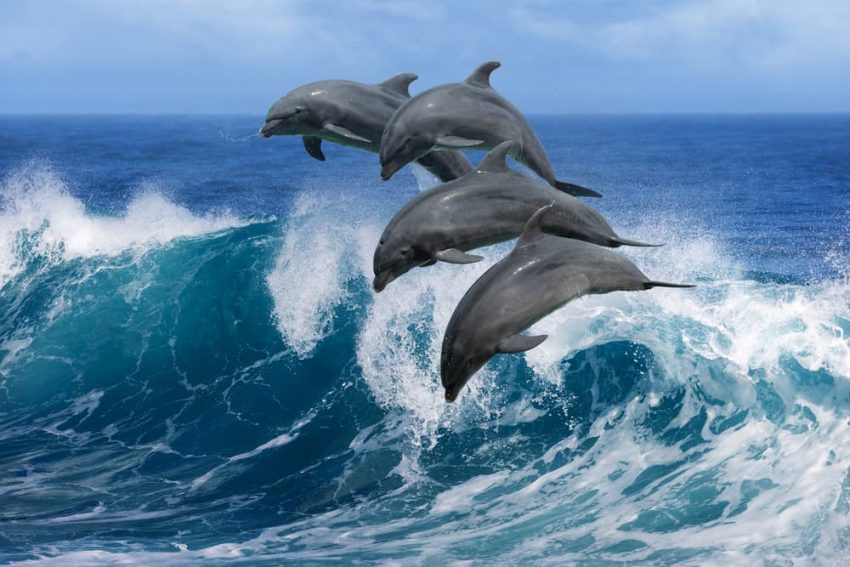
- Kangaroo. In this type of marsupials, the pregnancy lasts close to 40 days. As in the case of the koala, the development of the young takes place outside the womb, in the marsupial bag.
- Chinchilla. The gestation period of these rodents is approximately 110 days.
- Donkey. The pregnancy of these animals lasts approximately 12 months.
- Rhinoceros. The pregnancy of these animals is one of the longest, since it can last up to a year and a half.
